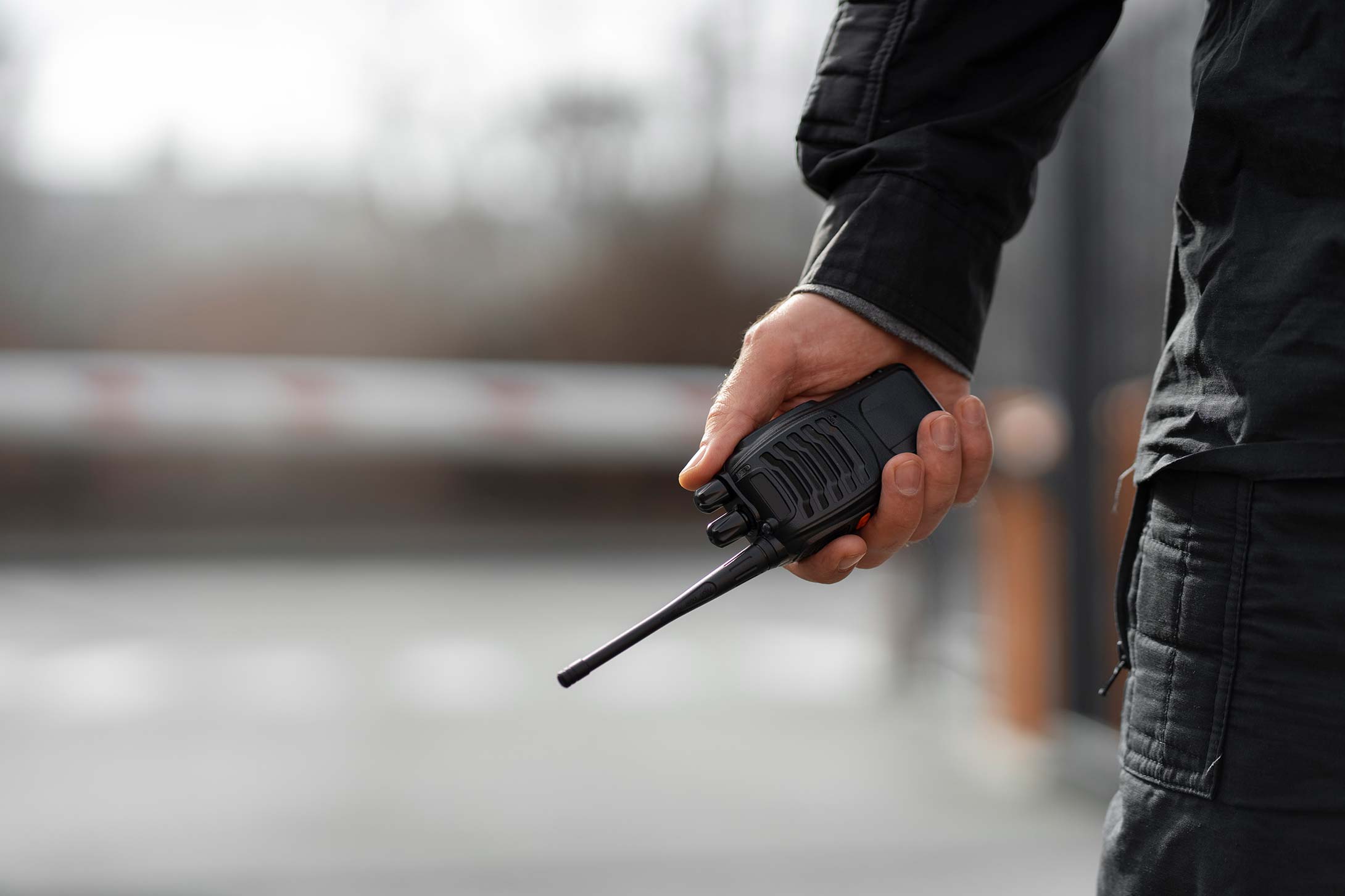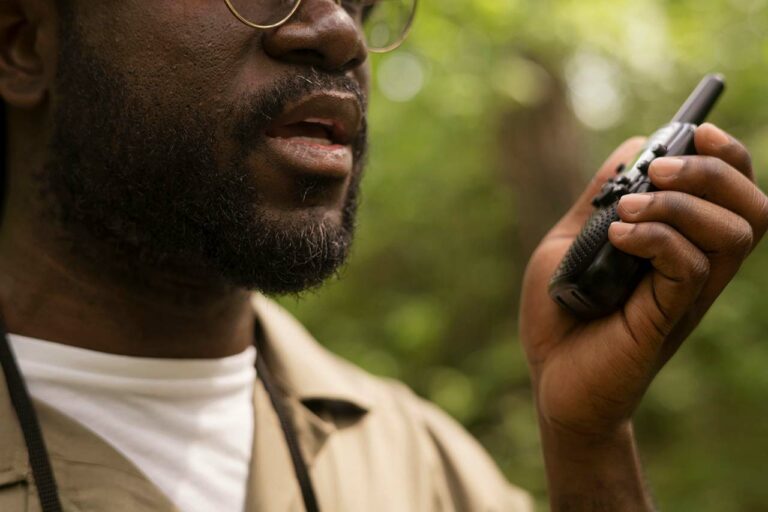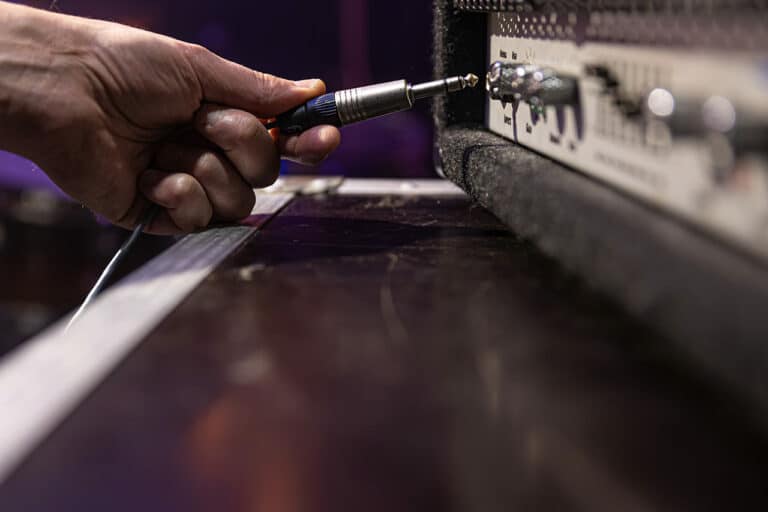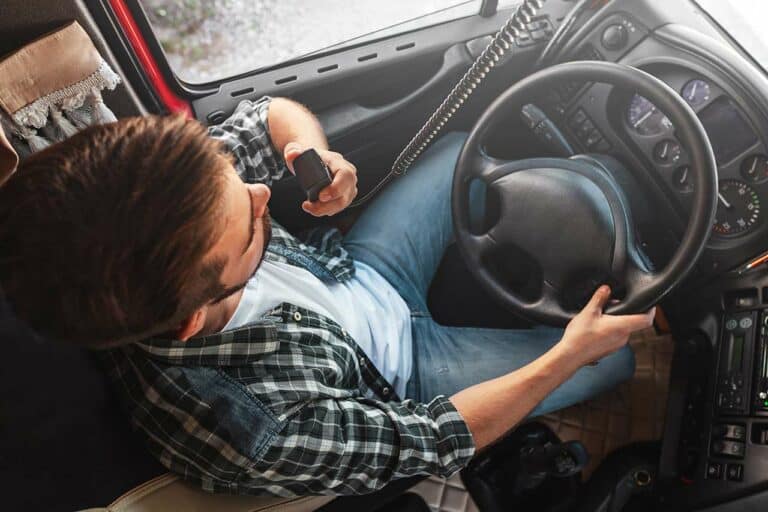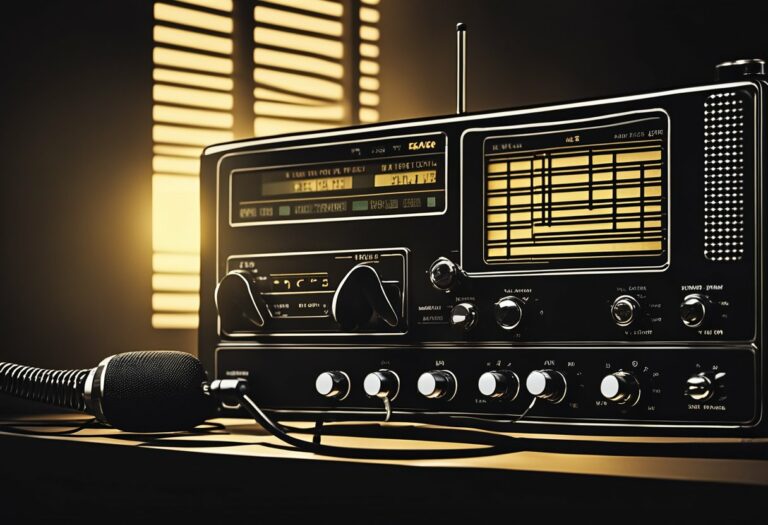Walkie Talkies vs CB Radios: Which Is Best For Power Outages?
Walkie-talkies and CB radios have a lot of things in common. They are both devices used for person-to-person communication — though, both often have broadcast or loudspeaker capabilities as well — and they are both excellent communication devices in an emergency, such as a power outage.
But, as much as these two communication tools have in common, they also have some key differences that make communication with them a bit different from each other.
If you’re thinking about adding walkie-talkies or a CB radio to your power outage preparedness kit at home, you might wonder which one will be better for the task.
Let’s get into the differences and similarities between CBs and walkies to help you make a better-informed decision.
Walkie-Talkies in Brief
Walkie-talkies are usually smaller, more portable devices that are perfect for short-range conversations. They’re user-friendly and can be used with other devices, like cell phones, without causing interference.
CB Radios in Brief
CB radios are designed for long-distance communication, typically installed in cars or homes. Their large range makes them a popular choice for truckers, who need to communicate over vast distances.
Key Features Comparison
Both walkie-talkies and CB radios have their advantages and drawbacks, with their unique features serving different purposes. Let’s compare point-by-point.
Range and Distance
When it comes to range, there’s a pretty big difference between walkie talkies and CB radios. While walkie talkies typically have a range of up to a few miles, CB radios can cover distances of about 30 miles, depending on the model and specific conditions.
The range of either device can be affected by factors like terrain and obstacles, which is something to keep in mind when comparing the two. Neither is likely to get the range displayed on the packaging all the time.
Power and Wattage
CB radios generally have more power output than walkie-talkies. You’ll find CB radios with power output levels up to 4 watts, whereas walkies often have wattages between 0.5 to 2 watts. This impacts the distance that your signal can reach, but can also affect clarity. In general, CB radios can maintain a clearer signal across longer distances compared to walkie talkies.
Frequency and Channels
CB radios and walkie-talkies work on different frequencies. CB radios utilize the HF (High Frequency) range around 27 MHz. Walkie-talkies use the UHF (Ultra High Frequency) range, typically around 462 MHz and 467 MHz.
CB radios typically have more channels — around 40 — than walkie-talkies. Most walkie-talkies operate on the FRS (Family Radio Service) band, which can get up to 22 available channels. However, some walkies do have additional bands, which increases their number of channels and actually gives them more channels than CBs.
Portability and Convenience
A key advantage of walkie talkies is their portable, lightweight design. They’re usually designed for easy use and carrying around, making them great for emergency situations where you may need to evacuate and carry your equipment in hand. CB radios are heavier and require installation in vehicles or buildings, limiting their portability.
Privacy and Security
In terms of privacy and security, walkie talkies generally have the upper hand as they sometimes come with features like “privacy codes” and encryption options. CB radios don’t provide these security features, making conversations more accessible to anyone who might be tuning in.
Sound and Voice Quality
Because CB radios have higher power output, they often produce better sound and voice quality over longer distances compared to walkie talkies. However, at shorter distances and lower power levels, the sound quality may be pretty similar between the two devices.
Which is Better in a Power Outage?
During a power outage, communication is crucial, and choosing between a walkie talkie and a CB radio really depends on your specific needs. Both devices can be useful, but they have their pros and cons in these situations.
Walkie talkies offer portability and convenience, making them great for moving around and communicating with others nearby. They’re battery-powered, which means they’ll still work during a power outage as long as you have spare batteries. Their range is usually limited to about 2 miles in perfect conditions, but could be greatly reduced if there are obstacles like buildings or terrain in the way. This makes them difficult to use in cities, where there are many structures blocking the signal.
CB radios have a more powerful signal and can cover greater distances, with ranges up to 30 miles. This makes them useful for communicating across larger areas, like if you need to coordinate with emergency services or reach people in neighboring towns. The downside to CB radios is that they must be connected to a power source, like a vehicle or the power in your home. For ones connected to your home power, you’ll need a back-up power source to continue using them during a power outage. They do make portable CBs, but they are larger than walkie-talkies, and require more battery power to operate.
So, again, when it comes to choosing between a CB radio and a walkie-talkie for a power outage, it really depends on how you plan to use it, whether you think you’ll be at home or on the go, and how far you need the signal to reach.
If you’re looking for portability and ease of use, stick with walkie talkies. If you need powerful communication over a longer range, go for a CB radio – just make sure you have a backup power source in case the electricity goes out. Ultimately, consider having both devices available during an emergency, as they can complement each other’s capabilities and keep you connected when you need it most.

